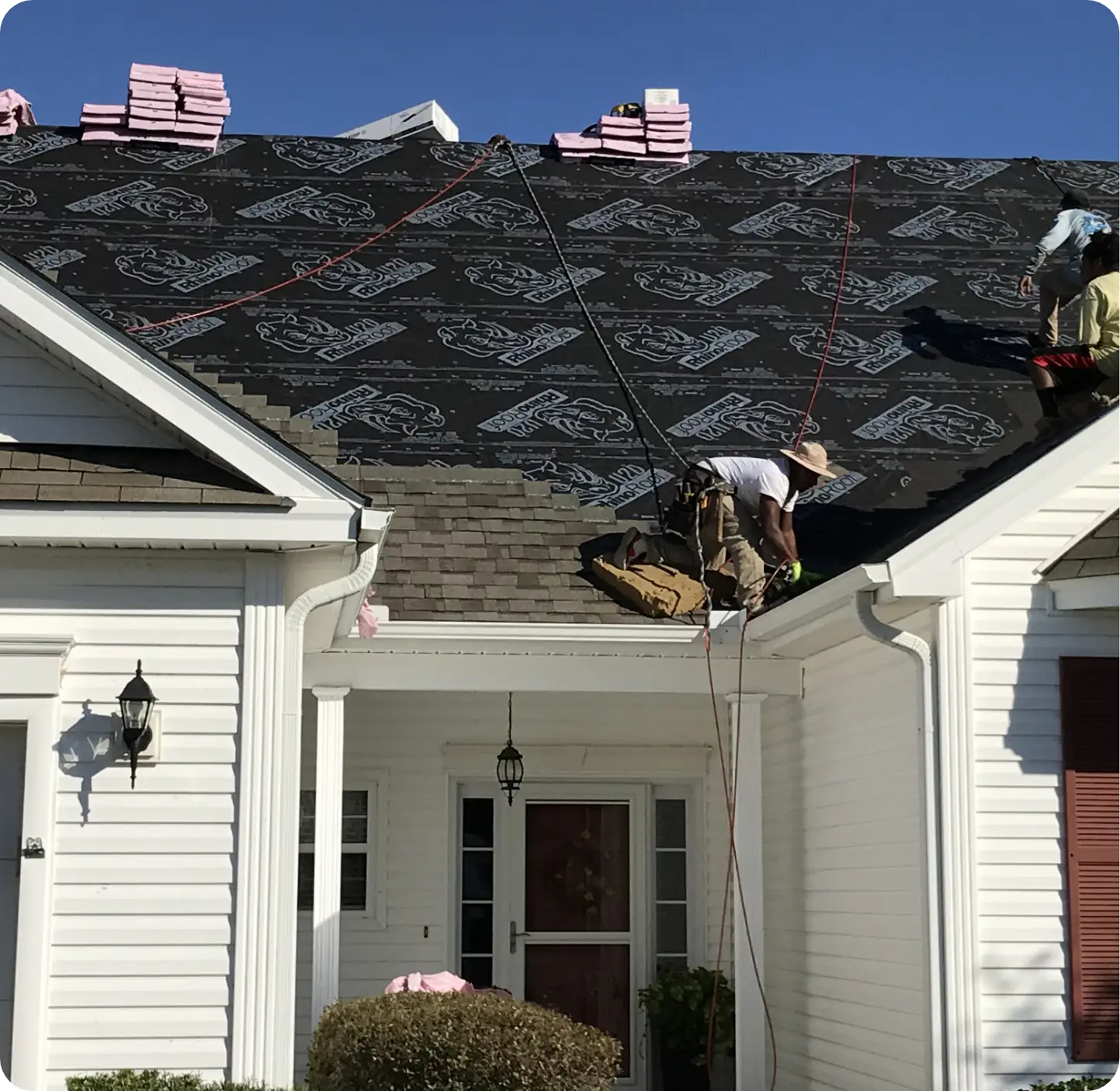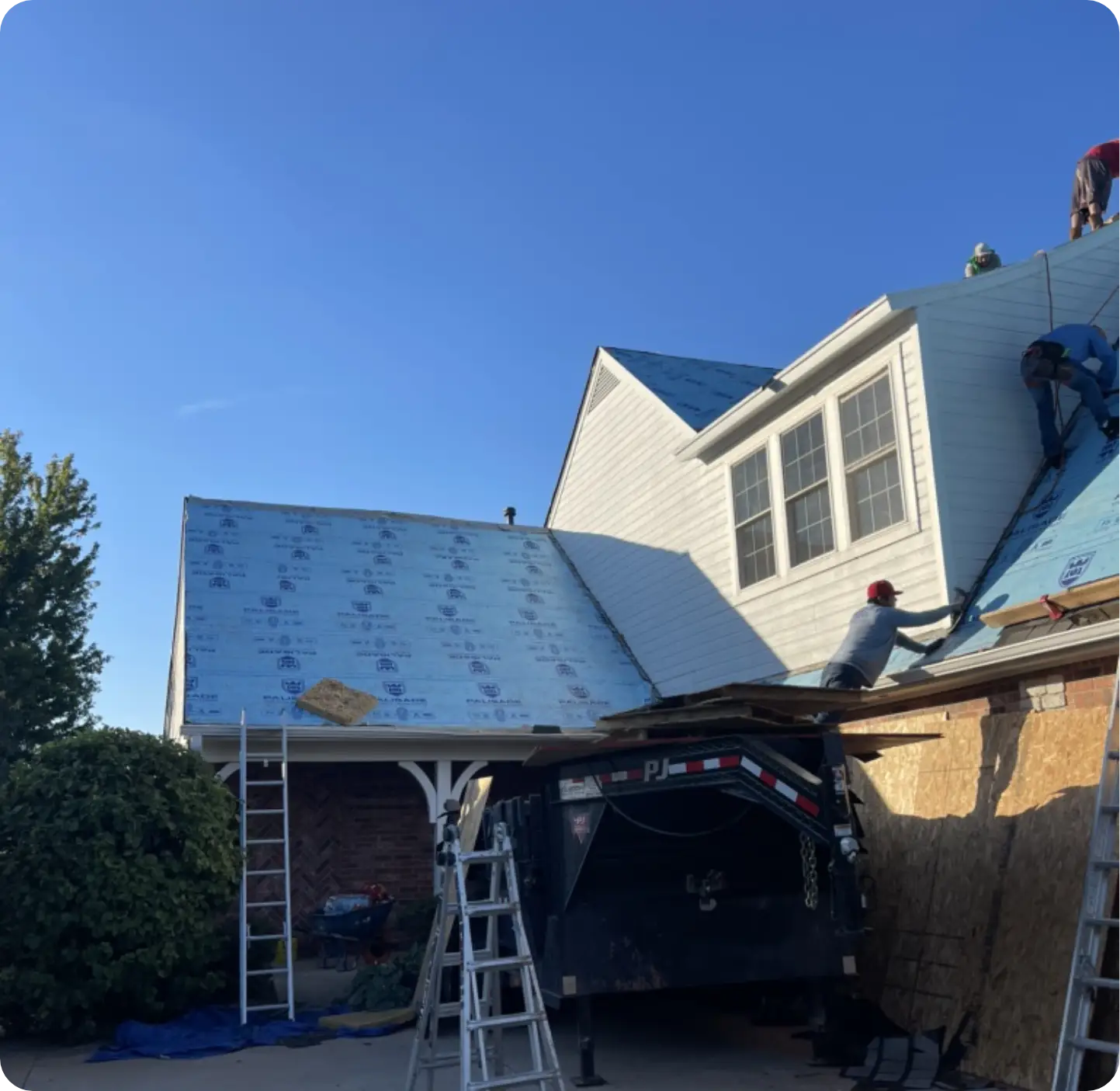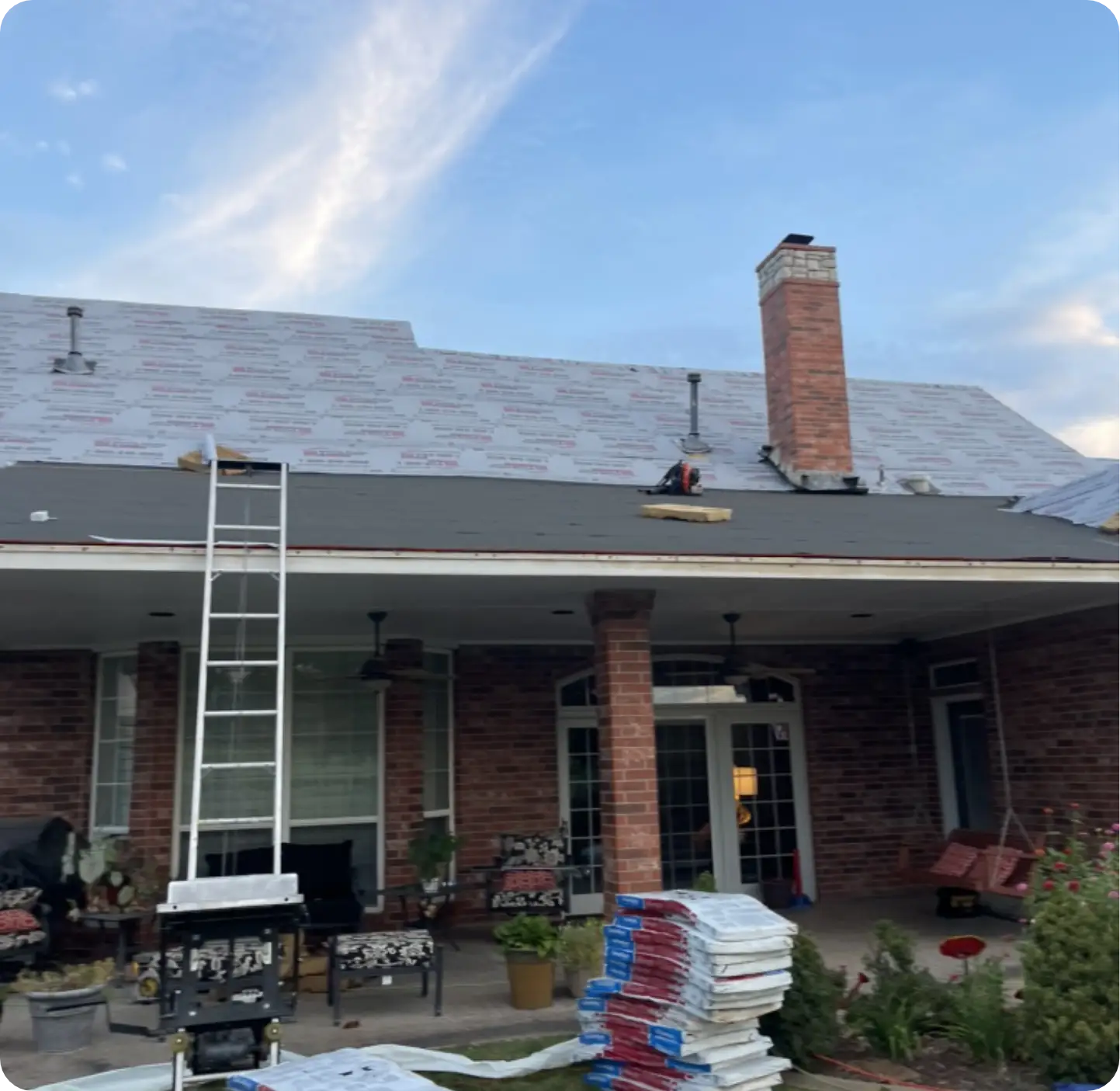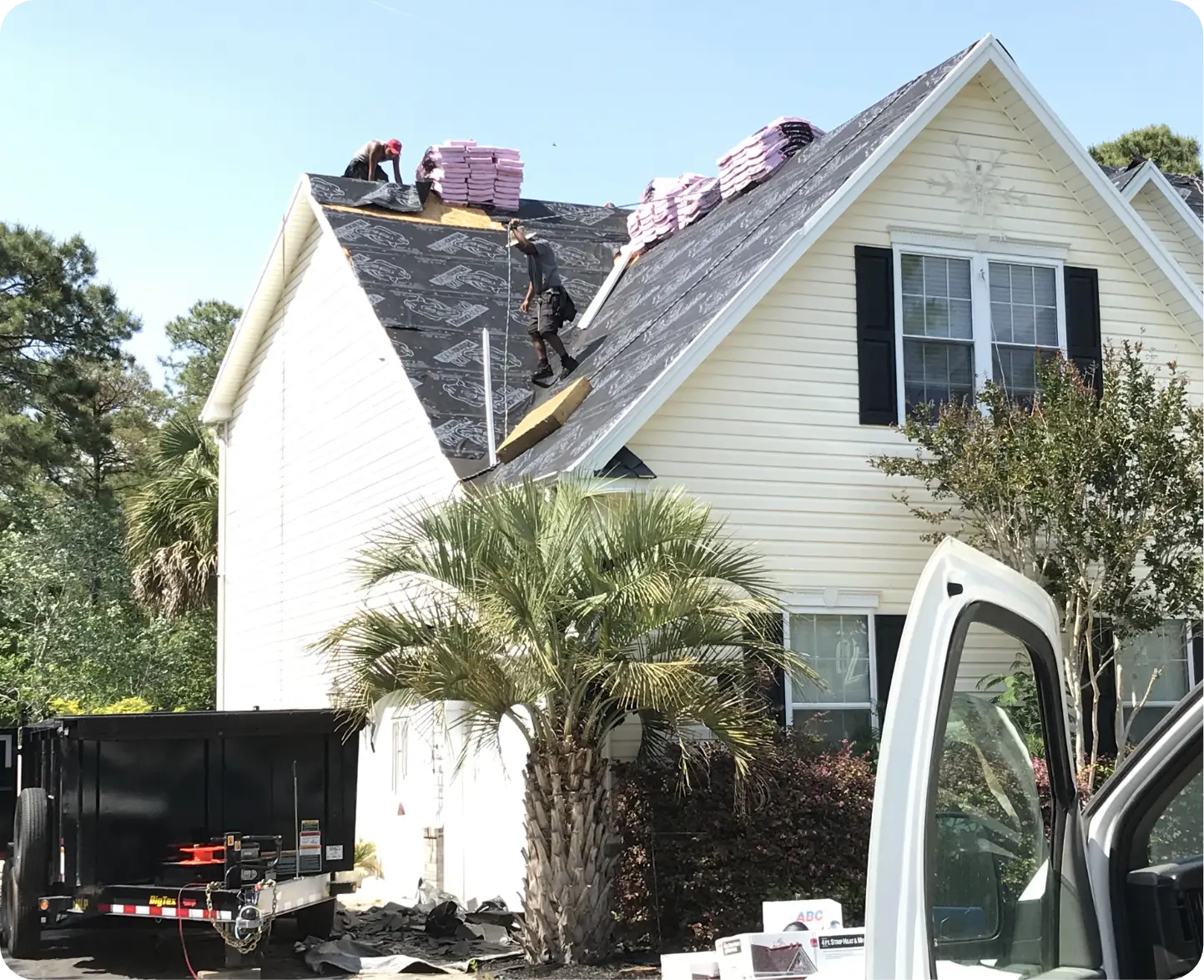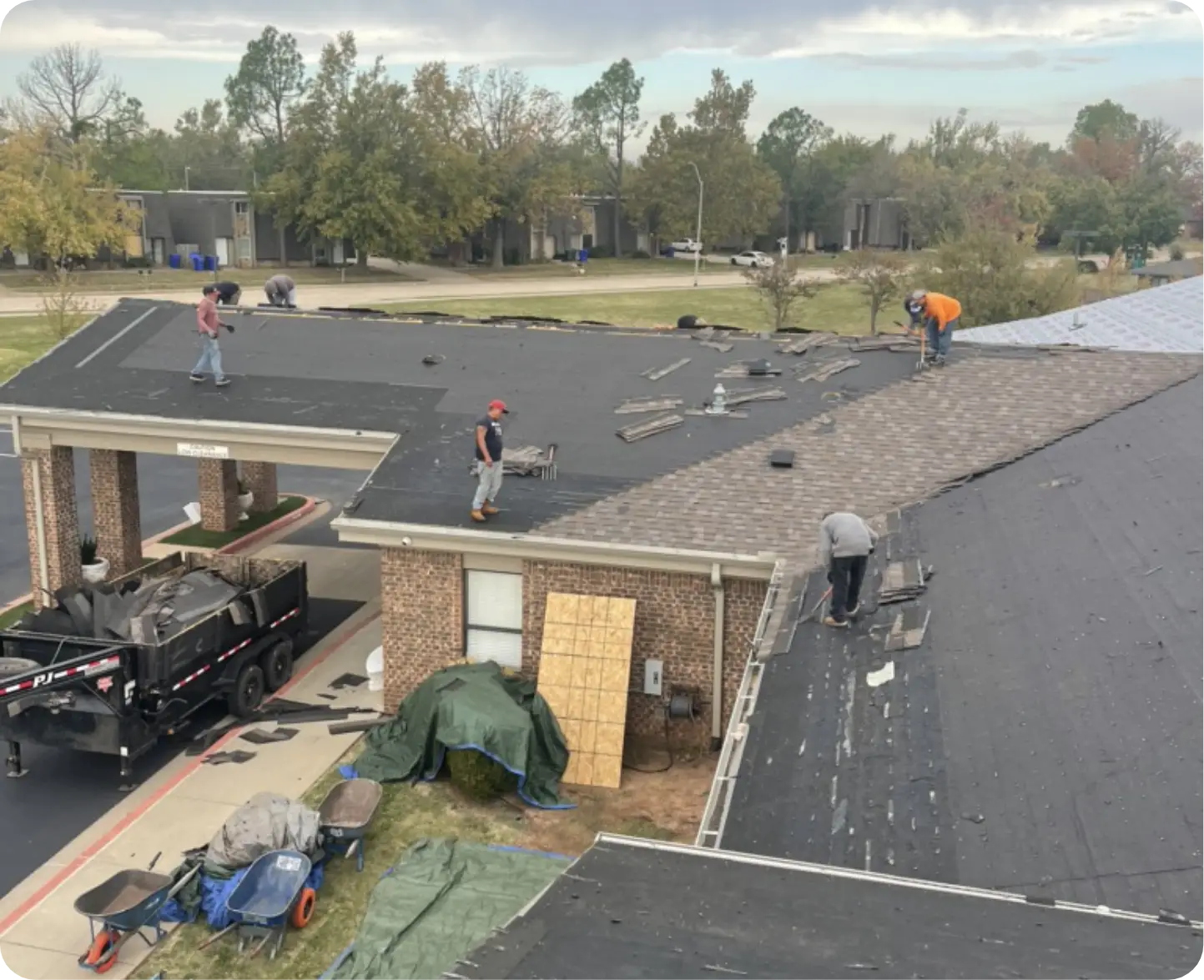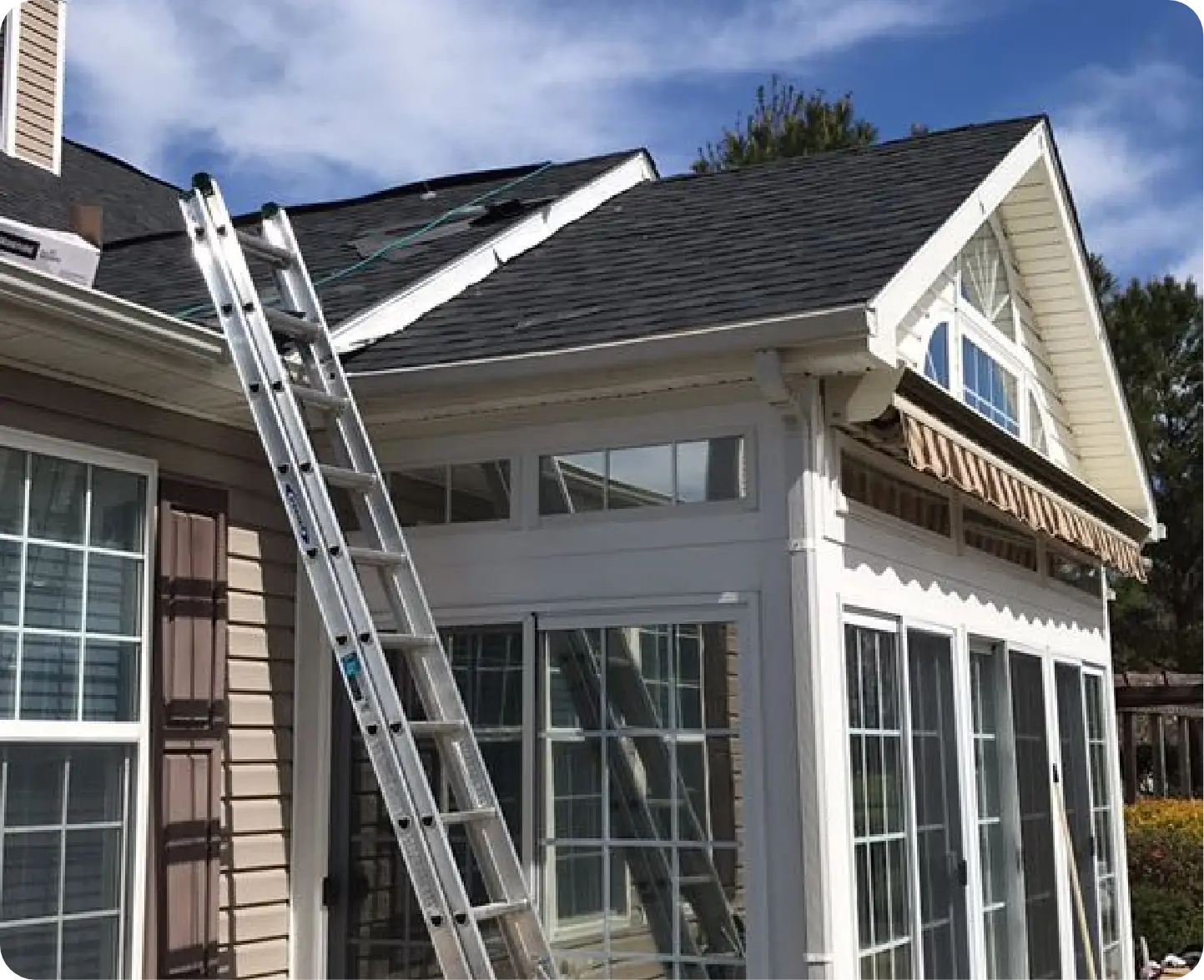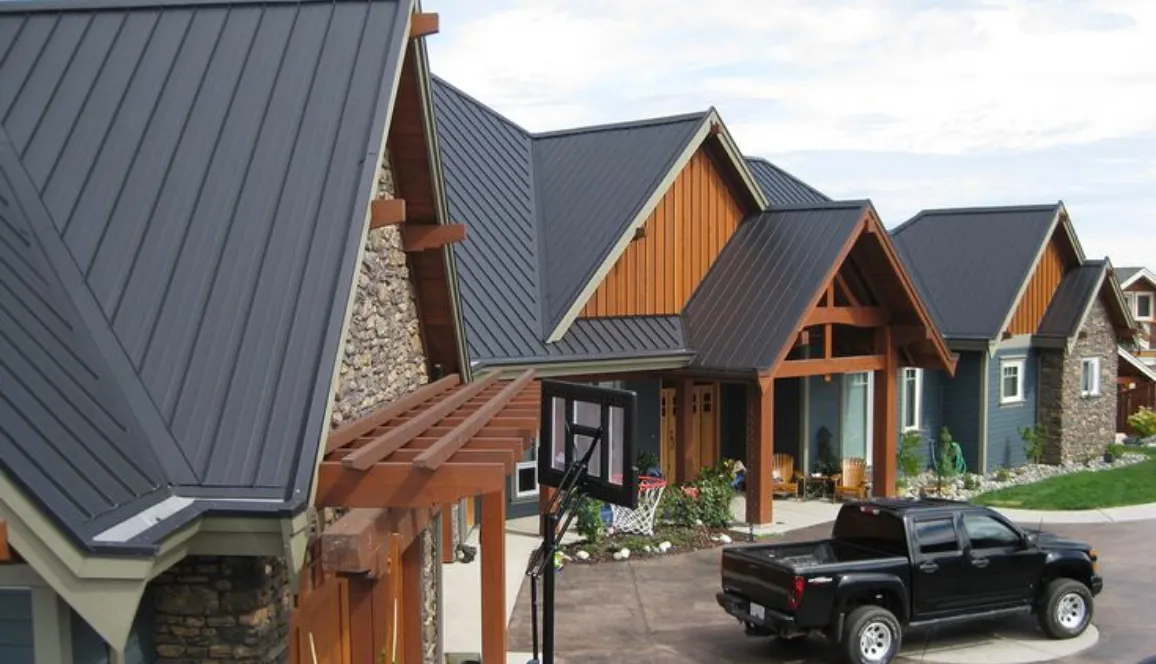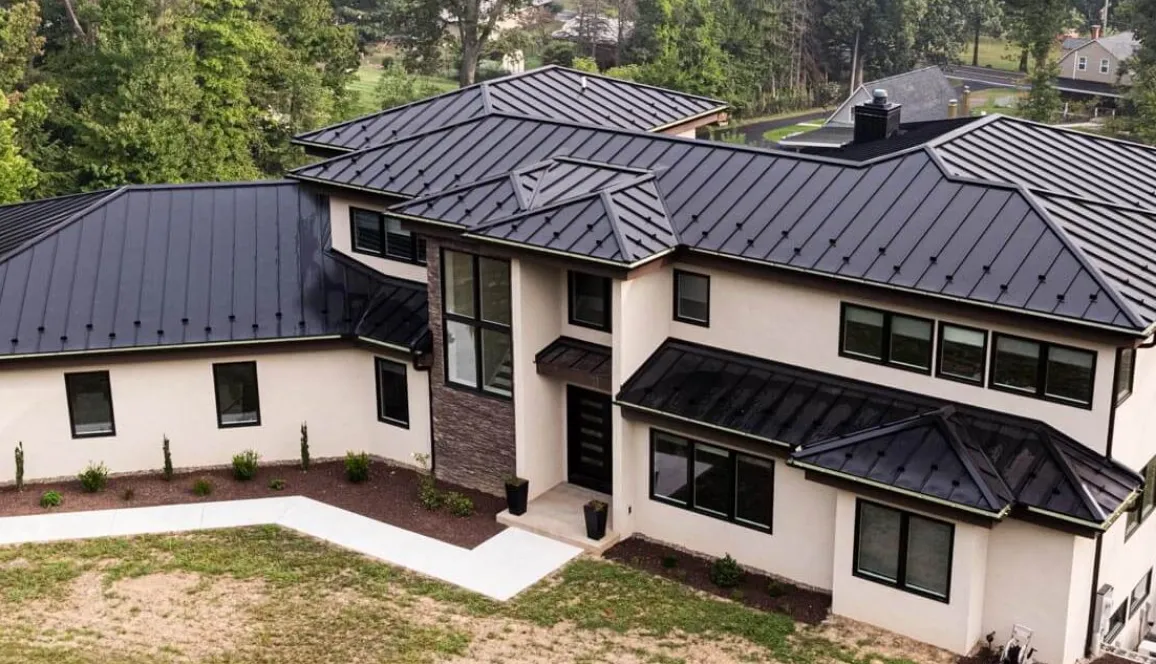- Age Of Roof Exceeds 20-25 Years
- Missing Or Damaged Shingles
- Frequent Leaks Or Water Damage
- Visible Sagging Or Structural Issues
- Excessive Shingle Granules In Gutters
Popular for their affordability, versatility, and ease of installation, asphalt shingles offer various styles and colors to suit every homeowner’s preference.
Knowing when it’s time to replace your roof can save you from costly repairs and unexpected damage. One of the most common signs is frequent or recurring leaks, especially after heavy rain. If you notice water stains on your ceiling, mold growth, or damp spots in your attic, it’s likely your roof’s protective barrier has been compromised. These issues often point to underlying structural damage that a simple repair may not fix.
Another key indicator is visible wear and aging. Shingles that are curling, cracking, or missing entirely can expose your home to the elements. You might also find excessive granule loss in your gutters, which is a sign that your shingles are deteriorating. If your roof is sagging or showing signs of rot, these are more urgent warnings that the overall integrity of your roofing system is failing.
Lastly, consider the age of your roof. Most roofing systems have a lifespan of 20 to 30 years depending on the material and quality of installation. If your roof is nearing or past this range, even without obvious damage, it’s smart to have it professionally evaluated. A timely roof replacement not only protects your property but also increases its value, energy efficiency, and curb appeal.


